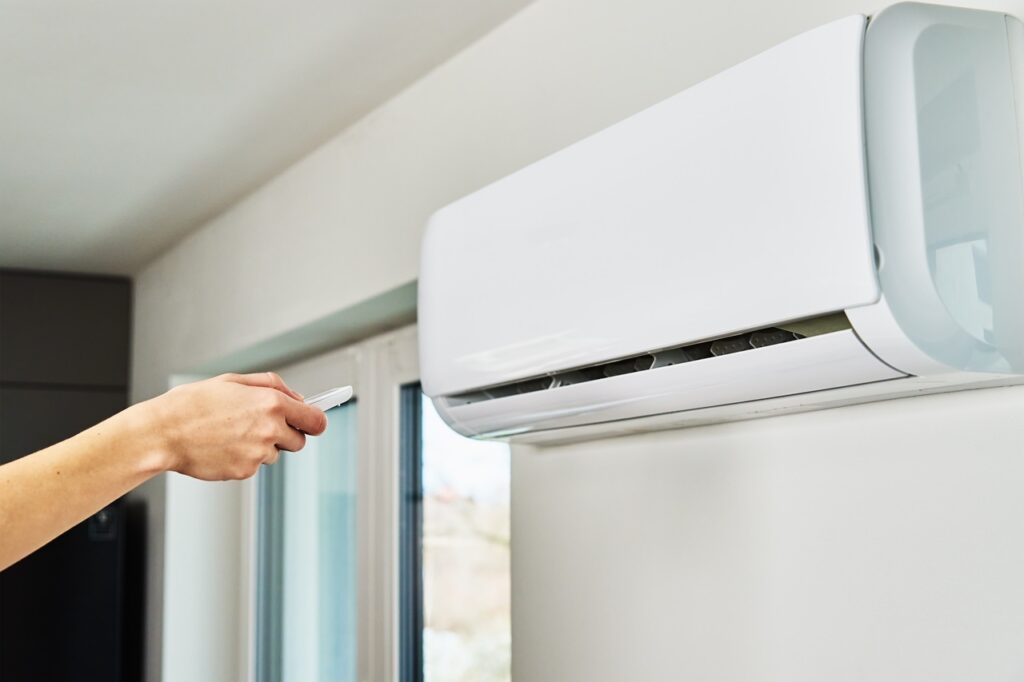When it comes to heating and cooling solutions for your home, ductless mini-split systems offer numerous advantages, including energy efficiency, versatility, and improved indoor air quality. As a popular alternative to traditional central heating and air conditioning systems, ductless mini-split systems provide targeted climate control for individual rooms or zones within your home. This allows for optimal temperature customization and increased overall comfort.
Join us as we dive deep into the world of ductless mini-split systems, discussing their advantages, components, suitable applications, and the installation process. Our team will share insights and expert advice to help you make informed decisions about the ideal heating and cooling solutions for your unique home and lifestyle. From increased energy efficiency and cost savings to versatile configurations and improved indoor air quality, ductless mini-split systems offer a range of benefits that make them an attractive choice for many homeowners.
Advantages of Ductless Mini-Split Systems
Ductless mini-split systems provide numerous benefits when compared to traditional central heating and cooling systems. Let’s explore some of the most significant advantages:
- Improved Energy Efficiency: By eliminating the need for ductwork, ductless systems minimize energy loss, resulting in reduced energy consumption and lower utility bills.
- Targeted Zoning: Ductless systems enable homeowners to individually control the temperature in each room or zone, allowing for customized comfort and improved efficiency.
- Easy Installation: Due to their compact size and lack of ductwork, ductless mini-split systems can be installed more easily and quickly than traditional systems.
- Enhanced Indoor Air Quality: Ductless systems are designed with advanced filtration systems, reducing the spread of allergens, dust, and bacteria, leading to better indoor air quality.
- Versatile Configuration Options: Ductless mini-split systems can be configured in various ways, offering flexibility in terms of placement and room coverage to fit your unique home layout.
Components of a Ductless Mini-Split System
Understanding the main components of a ductless mini-split system can help ensure you make informed decisions during the installation process:
- Indoor Air Handling Unit: This unit, mounted on the wall or ceiling, takes in the room air, cools or heats it, and redistributes it back into the living space.
- Outdoor Condensing Unit: This unit, typically installed outside of the home, houses the compressor and other components that dissipate heat and cool the refrigerant.
- Refrigerant Lines: These lines run between the indoor air handler and the outdoor condensing unit, transferring the refrigerant between the two components to provide cooling or heating.
- Control System: The system’s main controller, such as a remote control or wall-mounted thermostat, allows users to adjust temperature settings and manage system operation.
Is a Ductless Mini-Split System Right for Your Home?
While ductless mini-split systems offer many benefits, it is crucial to evaluate if they are the best solution for your home’s heating and cooling needs:
- Individual Room or Zone Control: Ductless systems are ideal for homes with distinct rooms or zones requiring separate temperature control, such as home additions, sunrooms, or multi-level living areas.
- Limitations of Existing Ductwork: If your home has limited or no existing ductwork or if installing ductwork would be expensive or impractical, ductless systems can be a cost-effective alternative.
- Supplementing Existing HVAC Systems: If you need additional heating or cooling support for specific areas in your home, a ductless mini-split system can be a complementary solution to your existing HVAC system.
- Energy Efficiency Considerations: If you are looking to reduce energy consumption and decrease your utility bills, ductless systems can provide energy-efficient heating and cooling options.
Our professionals can help determine if a ductless mini-split system is the right choice for your home based on your specific needs and preferences.
The Ductless Mini-Split Installation Process
When it comes to installing a ductless mini-split system, trust our experienced professionals to ensure a smooth and efficient process:
- Assessing Your Home: Our technicians will evaluate your home’s layout, identify the optimal locations for the indoor and outdoor units, and determine the appropriate system size and capacity.
- Installing the Indoor Air Handler: The air handler will be securely mounted on the wall or ceiling, ensuring proper positioning for optimal performance.
- Installing the Outdoor Condensing Unit: Our professionals will place the condensing unit in a suitable location outside your home, taking into account factors such as noise reduction and accessibility for maintenance.
- Connecting the Units: Refrigerant lines, electrical connections, and a condensate drain line will be installed between the indoor and outdoor units, ensuring a seamless and secure setup.
Conclusion
Ductless mini-split systems are versatile, energy-efficient, and customizable solutions for heating and cooling individual rooms or zones in your home. At Gregg Heating & AC, our professionals can help you explore the advantages, components, and installation process of these advanced systems and assist you in determining if they are the ideal HVAC service for your home.
When you choose to work with our team, you can trust that your ductless mini-split system in New Berlin, WI, will be installed and maintained with care, providing you with efficient, reliable, and personalized comfort year-round. Contact us today to learn more about our ductless solutions and discover the difference our expertise and commitment to excellence make in the heating and cooling service industry.











